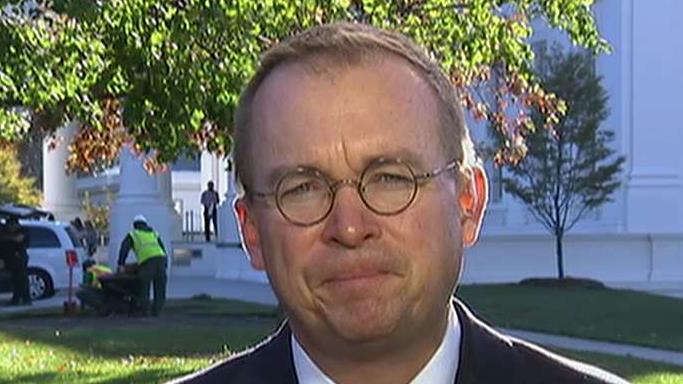Trump & Puerto Rico debt: What can be done and what does it mean for investors?
Puerto Rico holds a debt load of about $73 billion and, as the island-in-recession begins to deal with the aftermath of multiple devastating hurricanes, President Donald Trump said he wants to help the U.S. territory make those obligations disappear.
“We have to look at their whole debt structure,” Trump told Fox News. “You know, they owe a lot of money to your friends on Wall Street, and we’re going to have to wipe that out. You can say goodbye to that. I don’t know if it’s Goldman Sachs, but whoever it is, you can wave goodbye to that.”
Most of the debt is held in the form of municipal bonds, which are generally governed by state laws as opposed to the federal government. While there are situations where the federal government could step in to alleviate some of the burden, it wouldn’t necessarily be able to wipe the slate clean for the debt-laden U.S. territory.
“He can't simply wipe it out: these are legal obligations that the courts are currently adjudicating,” Ike Brannon, a Cato Institute visiting fellow who specializes in fiscal policy, tax reform, and regulatory issues, told FOX Business. “The president cannot merely declare the debt of a subnational entity is null and void.”
On Wednesday morning, Office of Management and Budget Director Mick Mulvaney sought to add clarity to Trump’s comments about wiping out Puerto Rico’s debt, saying that instead the focus will be on restructuring.
“It doesn’t mean that the federal government is going to be bailing Puerto Rico’s long-term debt situation bailing out the bond holders,” Mulvaney said. “What I think you saw there is the president focusing on the reality that in order to get its long-term fiscal operation back in order Puerto Rico’s going to have to figure out a way to restructure its debt, which is happening through the PROMESA process already.”
PROMESA was implemented by Congress in June of last year and put the entire fiscal situation and debt-unloading process under federal control. It also eliminated the ability of creditors to sue over dues. Puerto Rico, as a U.S. territory, does not have bankruptcy protections in the United States, but this legislation granted them similar powers under federal law.
Doug Holtz-Eakin, former Congressional Budget Officer director and American Action Forum president, told FOX Business the courts will ultimately decide how much Puerto Rico’s debt is ultimately reduced by.
“The PROMESA [law] … has already been invoked for some of the central government debt, and is likely to ultimately be used to write down all of the existing debt,” he said. “The degree to which the ultimate burden is reduced will be a matter of court decisions.”
Cate Long, founder of research firm Puerto Rico Clearinghouse, said the debt issue needs to be resolved quickly in Puerto Rico as it is serving as an “impediment” to rebuilding efforts. In order to do that, Long said bondholders must accept “haircuts”, reduce interest rates and stretch out maturities.
While Trump said the damage could fall on Wall Street, Brannon pointed out that many individuals holding Puerto Rico debt are actually average investors, including pension funds. As such, these will be the people who ultimately absorb any losses, Long confirmed.
Recent storms that ravaged the island are estimated to have caused damage in excess of $30 billion, according to Enki Research. Prior to costs incurred as a result of these storms, Puerto Rico was already undergoing a 10-year recession. Earlier this year, the former governor of the U.S. territory declared $70 billion in public debt unpayable.




















